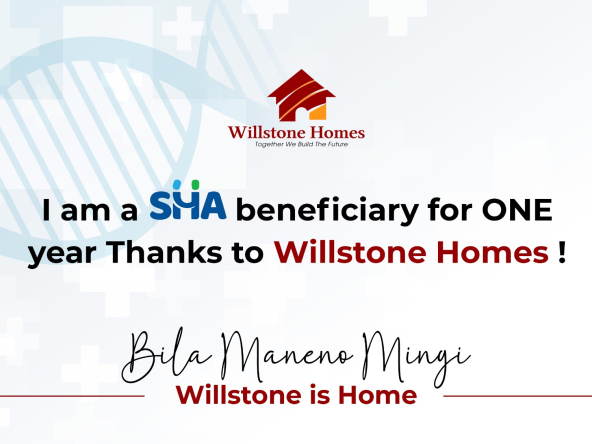Kenya’s real estate sector is witnessing a paradigm shift as developers increasingly adopt sustainable and cost-effective construction methods. Among the forefront innovations is the use of Compressed Stabilized Earth Blocks (CSEBs), a building material that aligns with green building standards while offering economic advantages. This article explores the growing trend of CSEB utilization in Kenyan estate development, highlighting its benefits, challenges, and the pioneering Boma Estate project along Thika Road.
Understanding Compressed Stabilized Earth Blocks (CSEBs)
CSEBs are building blocks made from a mixture of subsoil, water, and a stabilizer such as cement or lime. The mixture is compressed at high pressure to form solid blocks, which are then cured naturally. Unlike traditional fired bricks, CSEBs do not require kiln firing, making them more environmentally friendly and energy-efficient.
Read Also: Kenya’s Wealthy Shift Focus from Lifestyle to Income-Generating Investments – Knight Frank Report
Advantages of CSEBs in Construction
1. Cost-Effectiveness
One of the most compelling reasons for the adoption of CSEBs is their affordability. Utilizing locally available soil reduces transportation costs and reliance on imported materials. In Kenya, the cost of constructing walls with CSEBs can be significantly lower than using conventional materials. For instance, while masonry walling may cost up to KES 1,380 per square meter, CSEB walling can be as low as KES 388 per square meter, representing substantial savings.
2. Environmental Sustainability
CSEBs have a lower carbon footprint compared to traditional building materials. The production process consumes less energy, and the use of local materials minimizes environmental degradation. Additionally, CSEBs contribute to reduced greenhouse gas emissions, aligning with global efforts to combat climate change.
3. Thermal Insulation
The thermal mass of CSEBs provides excellent insulation properties, helping to regulate indoor temperatures. This natural temperature regulation reduces the need for artificial heating or cooling, leading to energy savings and enhanced comfort for occupants.
4. Aesthetic Appeal
CSEBs offer a natural and earthy appearance, which can be aesthetically pleasing. Their unique texture and color variations allow for creative architectural designs that blend seamlessly with the environment.
A Landmark CSEB Housing Project Along Thika Road
Along Thika Road, a pioneering residential development has quietly set a new benchmark in sustainable estate construction. As Kenya’s first housing estate to be built entirely using Compressed Stabilized Earth Blocks, the project demonstrates the full potential of CSEBs in modern urban planning.
The estate features units that combine energy efficiency, thermal comfort, and cost-effectiveness—hallmarks of eco-friendly construction. Its success highlights a growing shift toward greener, locally sourced building materials, and serves as a case study for developers exploring how to integrate sustainability with practical real estate solutions.
Read Also: Do I Really Need a Real Estate Agent When Buying a House in And Around Nairobi?
Challenges and Considerations
While the benefits of CSEBs are substantial, there are challenges to consider:
- Technical Expertise: Proper production and construction techniques are essential to ensure the structural integrity and durability of CSEBs. Training and quality control measures are necessary to maintain standards.
- Market Acceptance: As with any new technology, gaining widespread acceptance among builders, architects, and consumers requires education and demonstration of long-term benefits.
- Regulatory Framework: Incorporating CSEBs into building codes and standards is crucial to facilitate their adoption in mainstream construction.
The Future of CSEBs in Kenya
The successful implementation of CSEBs in projects like the Thika Road project indicates a promising future for this sustainable building material in Kenya. As awareness grows and more developers recognize the economic and environmental advantages, CSEBs are poised to play a significant role in addressing the country’s housing needs.
Government support, through policy and incentives, can further accelerate the adoption of CSEBs, contributing to national goals of sustainable development and affordable housing.
Compressed Stabilized Earth Blocks present a viable solution to some of the pressing challenges in Kenya’s construction industry, offering a blend of affordability, sustainability, and aesthetic value. The pioneering efforts seen in developments like Boma Estate pave the way for broader acceptance and utilization of CSEBs, marking a significant step towards greener and more inclusive urban development.




